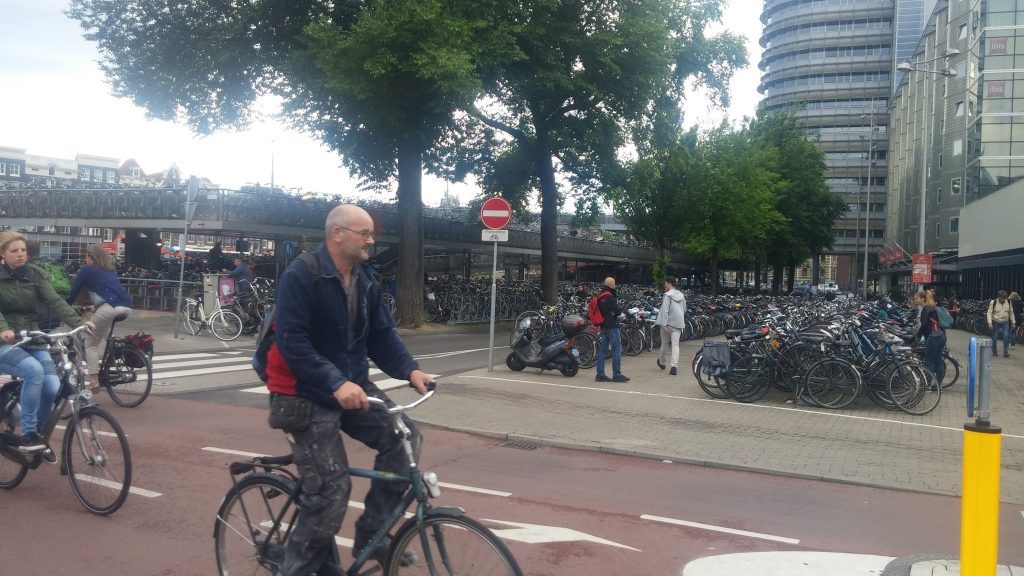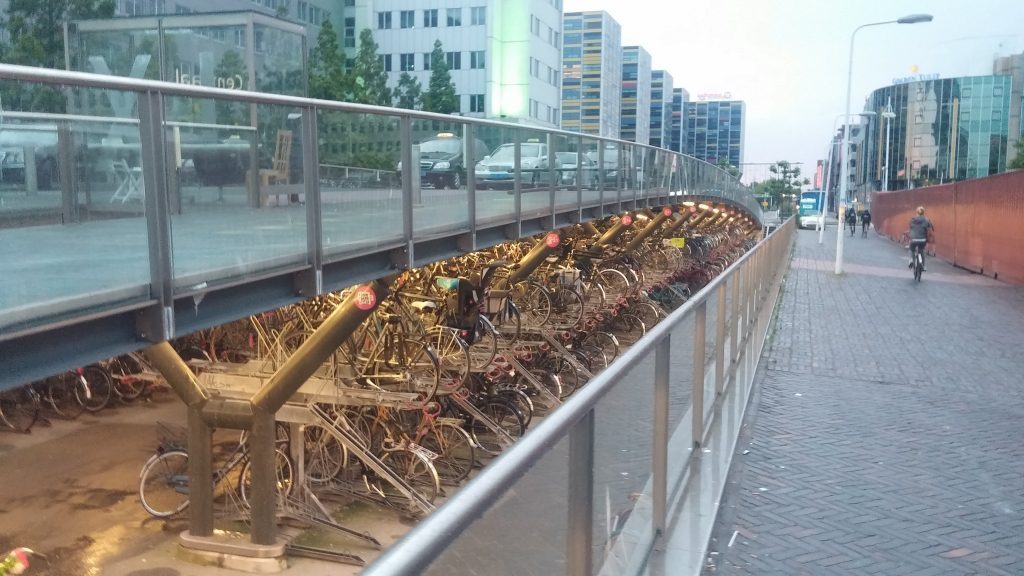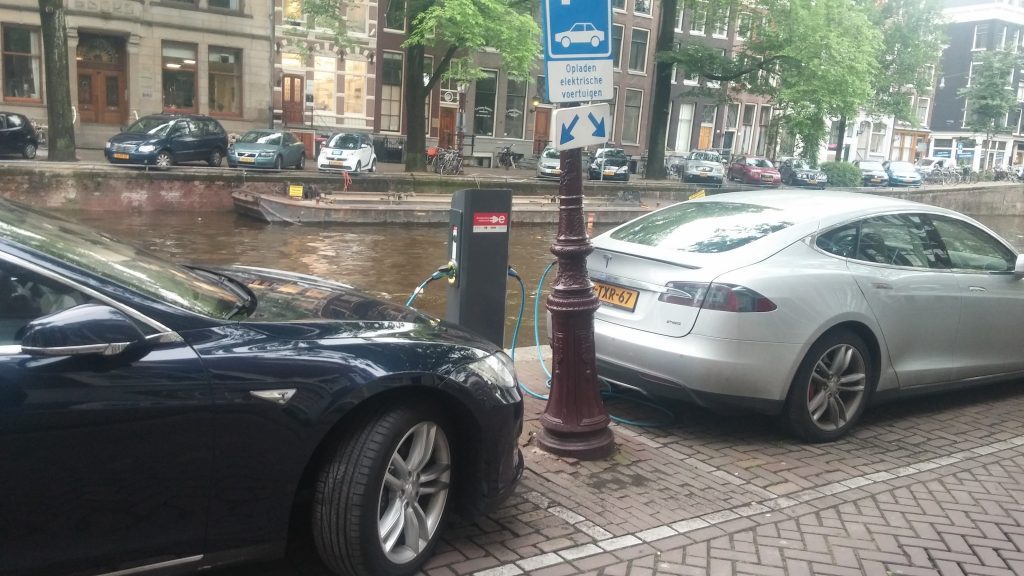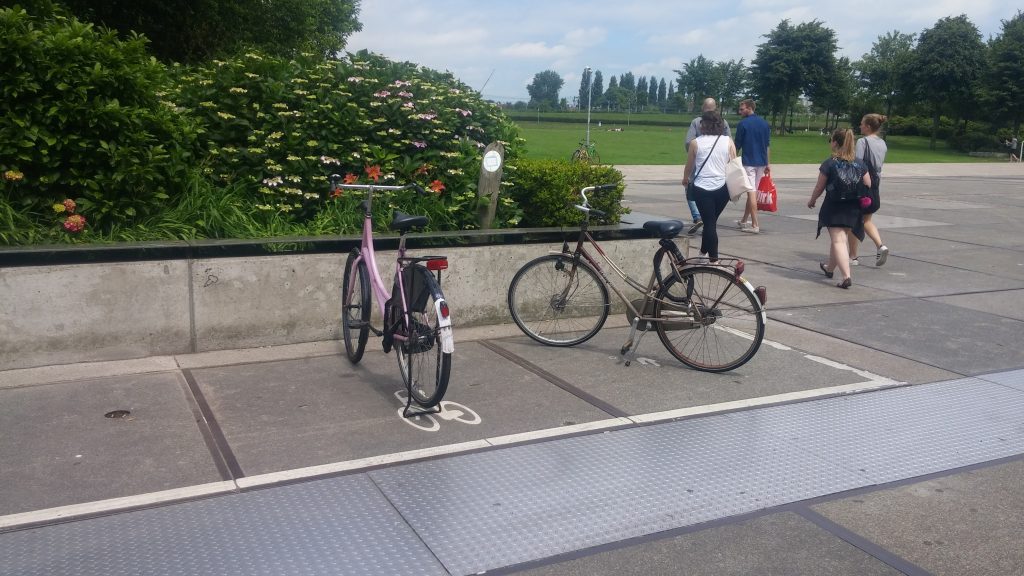AMSTERDAM – Hello from Holland, this strange and exciting land renowned for its windmills and waterways, its tulips and tolerance, its pot, pedal-power, and prostitution. The language is Dutch, the currency is the Euro, and the affordable home goods & grocery chain of choice is Hema. Waffles are ubiquitous, ordering “beer” usually means ordering “Heineken,” and fries are by-default served with a hearty dollop of mayonnaise.
I arrived in here on Wednesday June 15th and spent two nights in a youth hostel in Noordjwik. I briefly explored Leiden and Rotterdam, then came to Amsterdam to embark on a two-week urban studies program offered through the University of Amsterdam (UvA) titled “Amsterdam Creative City: Media, Art and Urban Culture.”
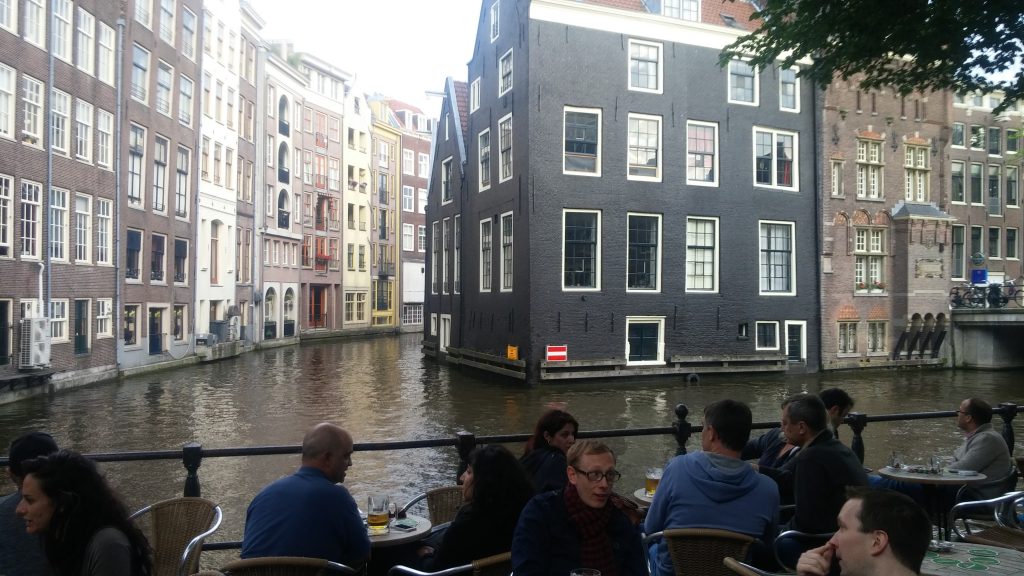
In my short time here (just over one week) I have been repeatedly struck by the friendly, open, and accommodating disposition of many locals. Those I have encountered readily (and effortlessly) switch from Dutch to English, and unflinchingly offer aid or instruction when asked. They are happy to chat about their lives and their country. In fact, many locals are so accommodating that I find myself forgetting to act with the gracious humility befitting a traveler– a guest. When someone speaks to me in their native tongue I might simply reply in English, for instance, where a quick “I’m sorry, I don’t speak Dutch” would perhaps be less…presumptive.
On a side note: I get excited when someone addresses me in Dutch, since being addressed in English before I even utter a word– especially in this nation largely comprised of white, blond-ish people like myself– seems to signify an abject failure to “blend.” In a quixotic effort to keep that enthusiasm alive, I often attempt to navigate the remainder of the interaction without revealing myself as (GHASP!) a non-Netherlander. I nod and smile and hand over the amount of money displayed on the cash register and then say “dank je wel” and scurry away feeling (undeservedly) victorious. Several people in my summer course have admitted doing the same.
One of the reasons I wanted to come to Amsterdam was to investigate the city’s reputation as a cycling haven. As an environmentalist constantly trying to figure out what might be a useful project to throw my life at, I wanted to see what kinds of infrastructural features make it possible for cycling to thrive as a major mode of transport in Amsterdam, and how they could be replicated elsewhere to reduce fossil fuel use. Here’s what I can tell you so far:
The city’s reputation as ‘bike capital of the world’ is indeed well earned. When you first exit Amsterdam Centraal, the train station at the heart of town, you immediately encounter a heavy stream of cyclists cruising past, and an immense sea of bikes parked for the day in a designated storage area. According to DutchAmsterdam.nl one third of working Amsterdammers commute to and from work on a bicycle.
Many locals have expressed to me that they prefer to bike because it is the cheapest, fastest, and easiest way to get around. Some residents supplement cycling with a membership that allows them rent electric cars for rainy days or longer trips. The bikes I see are often old, simple, single-speed machines. Specialized bikes are also used as taxis, ice cream “trucks,” food “trucks,” delivery vehicles, and repair vehicles.

Many bikes are equipped with one or two baby seats. Sometimes middle-class families will invest in a bakfiets— a distinct type of bike with a cargo area for carrying children or groceries. They are more expensive than regular bikes, and can serve as a bit of a status symbol. I’m told they can also be an indicator of gentrification. Just as the arrival of dark clouds may forebode coming rains, the arrival of bakfiets in neighborhood can be an ominous signifier to some that the yuppies are coming.
Many residents seem to have mastered tricky maneuvers like biking while carrying something heavy under one arm, or fitting two or more people on a bike. I’ve watched all kinds of people effortlessly hop onto the rear rack of a bicycle, and sit side-saddle as their partner navigates the bike through traffic. The enthusiasm for cycling seems to span age and socioeconomic groups. And collisions must be very rare because no one wears helmets, including mothers biking with young children strewn about their bicycle.
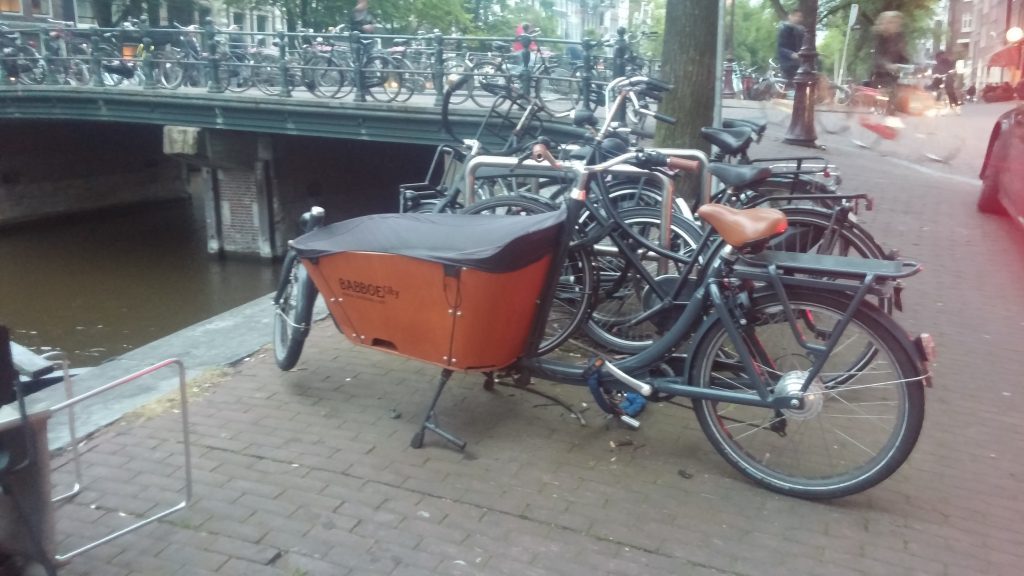
I was expecting the popularity of cycling to be predicated on robust cycling infrastructure– very thoughtful city planning that makes cycling easy, safe, and enjoyable. While the cycling infrastructure is indeed impressive compared to many US cities, I am a little surprised to realize it’s not that good. Bikers often share narrow streets with cars and/or pedestrians. They must frequently cross rail tracks (a task that gets the best of many visitors) and dodge the trams themselves.
To be sure, there are good bike paths in many areas, and I do not mean to undermine the important, difficult, and ongoing political battles the Dutch people have fought to keep Amsterdam accessible by bike. I simply wish to express the (perhaps obvious) realization that the city’s cycling culture is not just rooted in its infrastructure, but also in, well, its culture. There is a long history of biking, an appreciation for biking, and a skillset related to biking that is also extremely important. Cyclists are trained to ring bells and signal with their arms. Cars are trained to navigate around the bikes. This social infrastructure seems just as important as the physical infrastructure.
I am excited to keep learning more about the people and bikes of Amsterdam. In the nearby future, I hope to produce some more posts about other interesting aspects of his city: pot, prostitution, and– a major topic of my class– the ways in which the city is trying to distance itself from those images (sex & drugs) and instead brand/market itself as a “creative city.” Then it’s off to Germany, Denmark, and Sweden!
